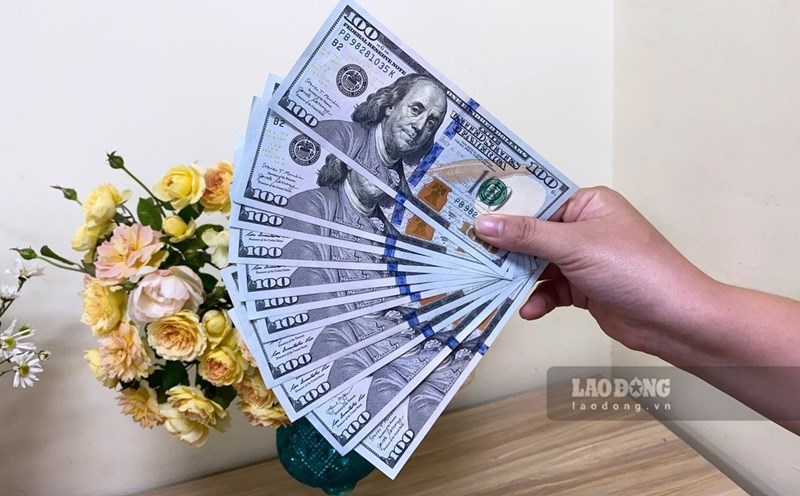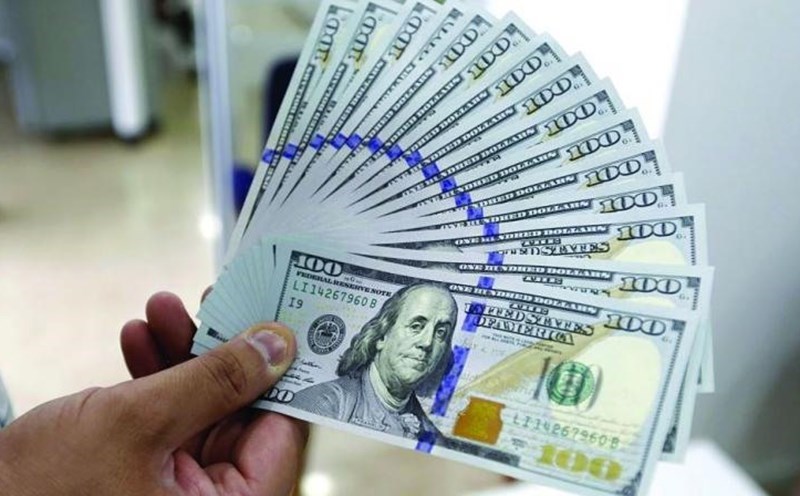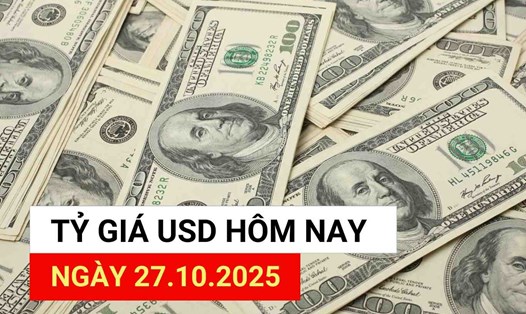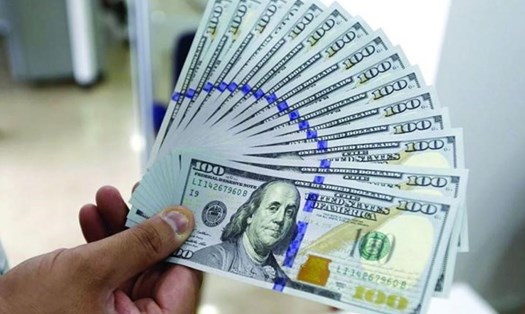The US dollar weakened against the euro, Chinese yuan and Australian dollar in the trading session on Monday, as confidence in the possibility of reaching a US-China trade deal increased, boosting investor risk appetite and reducing demand for the greenback.
However, fluctuations in the monetary market are generally still limited, as traders await a series of important meetings of central banks this week.
US President Donald Trump said on Monday that the US and China are getting closer to a trade deal, expressing optimism that the two sides will "reach a positive result".

Mr. Trump is expected to meet with Chinese President Xi Jinping this week, as part of discussions to ease trade tensions between the world's two largest economies.
The market is in a state of excitement, said Mr. Marc Chandler, Director of Market Strategy at Bannockburn Global Forex in New York. He said that the global stock market increased sharply while gold prices fell again.
According to Mr. Chandler, this positive sentiment is driven by three main factors:
First, the US and China seem to have avoided the risk of a deeper confrontation. Second, the US has reached a number of agreements or trade cooperation frameworks with Southeast Asian countries. And finally, the better-than-expected results of Argentine President Rafael Milei also contribute to strengthening market confidence."
President Rafael Milei's party won a resounding midterm election, as voters gave him more power to continue promoting its extensive economic reform program.
USD Index decreased by 0.11%, down to 98.84 points, while the euro increased by 0.15%, to 1.1643 USD.
Observers believe that major central banks will dominate market trends this week: the US Federal Reserve (FED) and the Bank of Canada are expected to cut interest rates on Wednesday, while the European Central Bank (ECB) and the Bank of Japan (BOJ) are likely to maintain their policy at the meeting on Thursday.
With the Fed's 25 basis point rate cut being priced by the market early, investors are now focusing on monitoring all signals that the US central bank may be preparing to end the monetary tightening (QT) program - a move that could ease liquidity pressure and support the financial market.
Meanwhile, the yuan (CNY) was also strengthened after the People's Bank of China (PBoC) set the official reference rate higher than expected. Ahead of market opening, the PBoC set the central exchange rate at 7.0881 CNY/USD, the strongest since October 15, 2024 and higher than Reuters' forecast of 7.1146.
Chris tourneys, head of global foreign exchange research at ING, said in a report that China's yuan price hike could be a "goodwill" ahead of a meeting with US and Chinese leaders on Thursday, or could also reflect Beijing's desire to stimulate domestic demand.
In any case, a stronger yuan will often support emerging market currencies and put slight downward pressure on the USD, turned turned turned.
The overseas yuan (CNH) rose to its highest level in more than a month, reaching 7.1015 CNY/USD.












